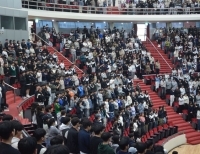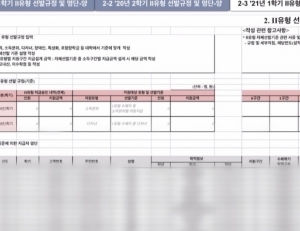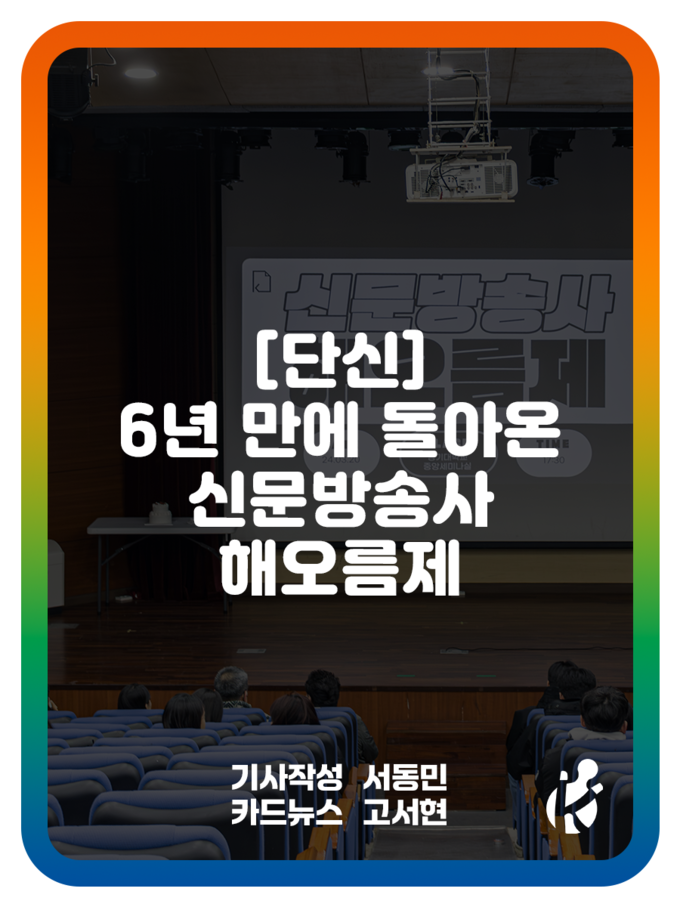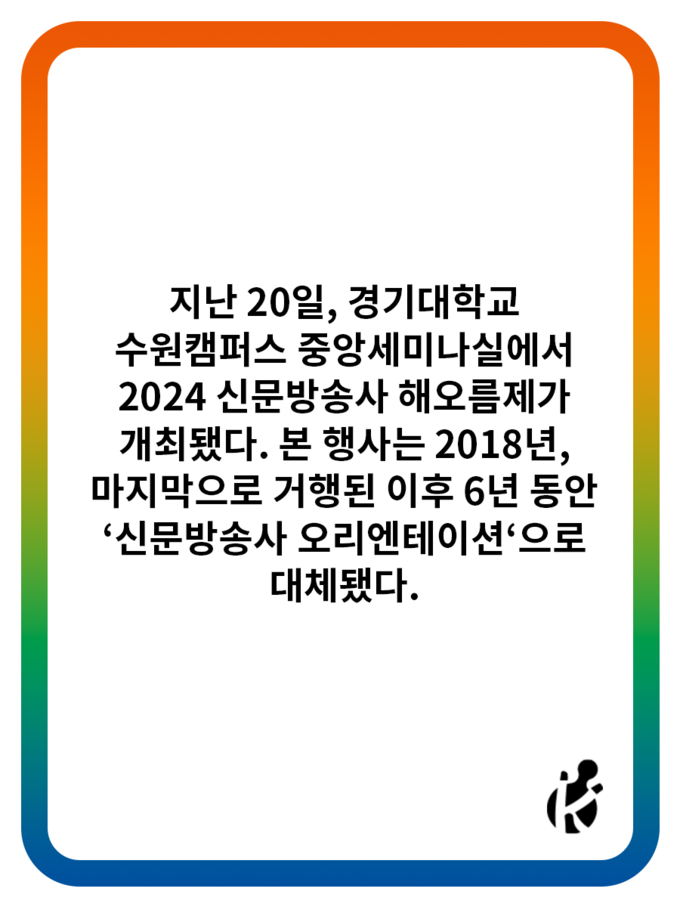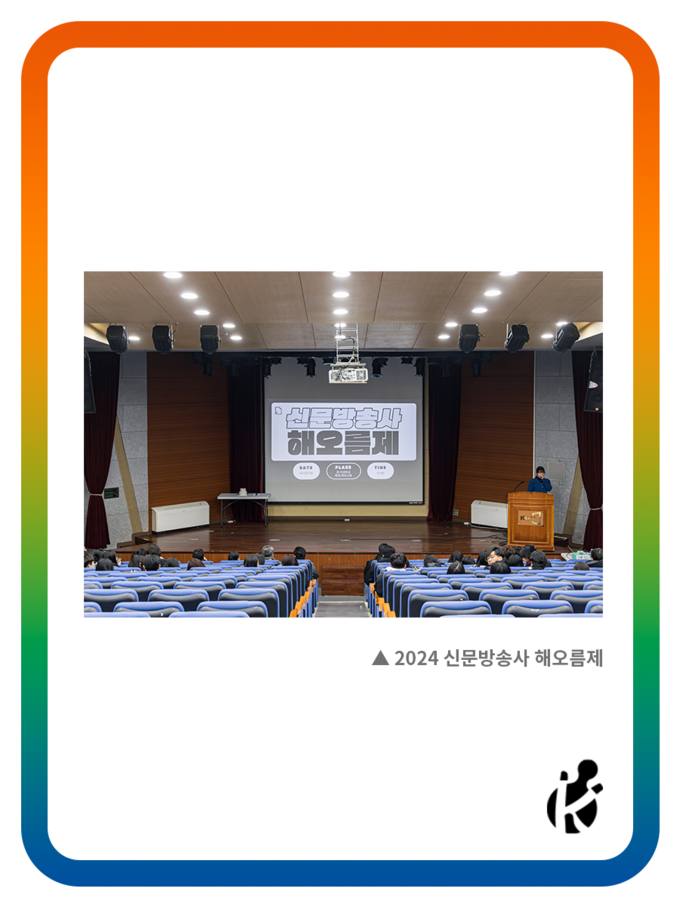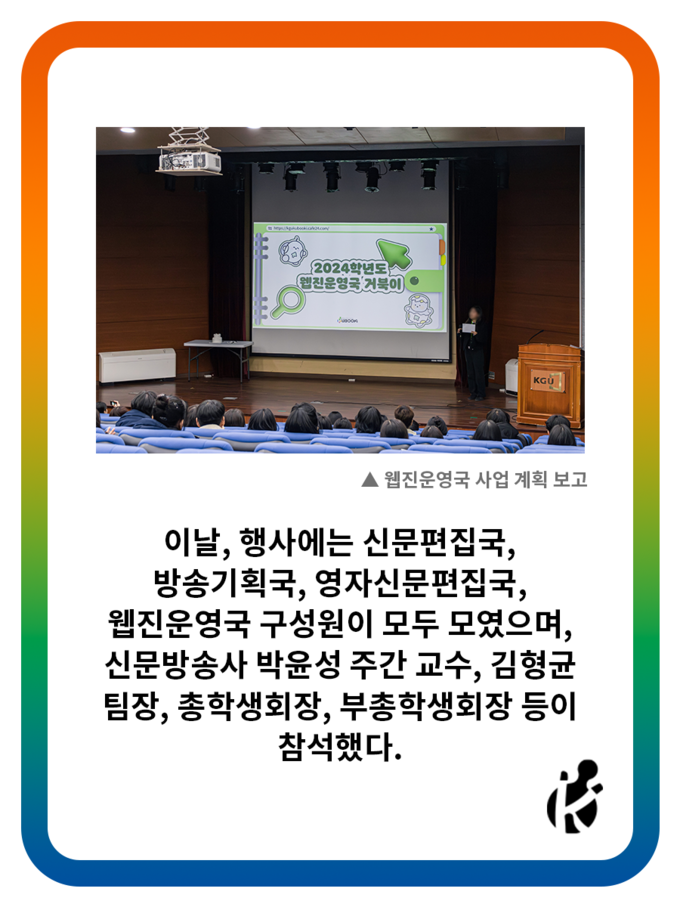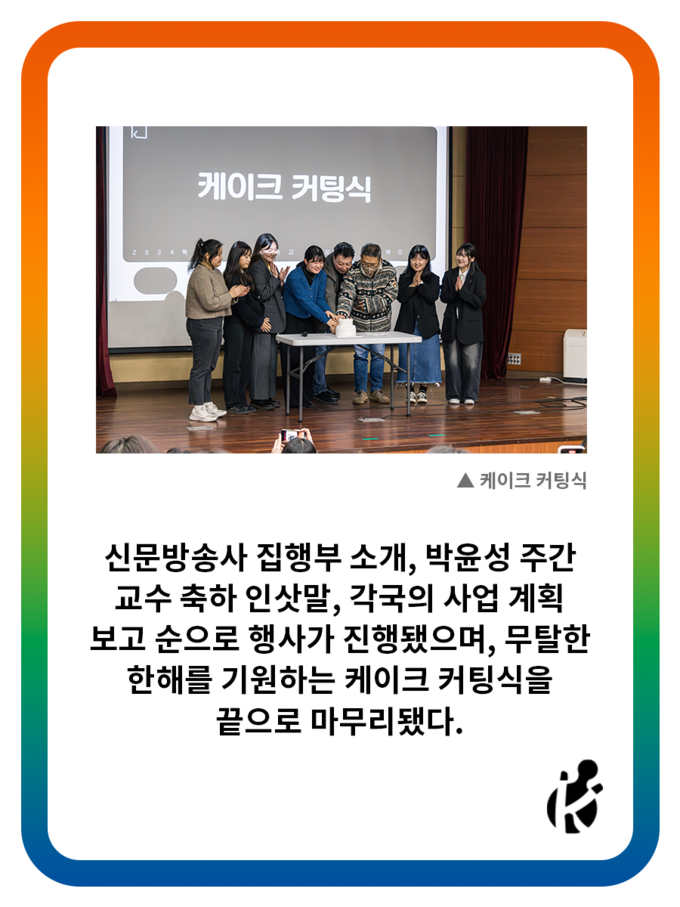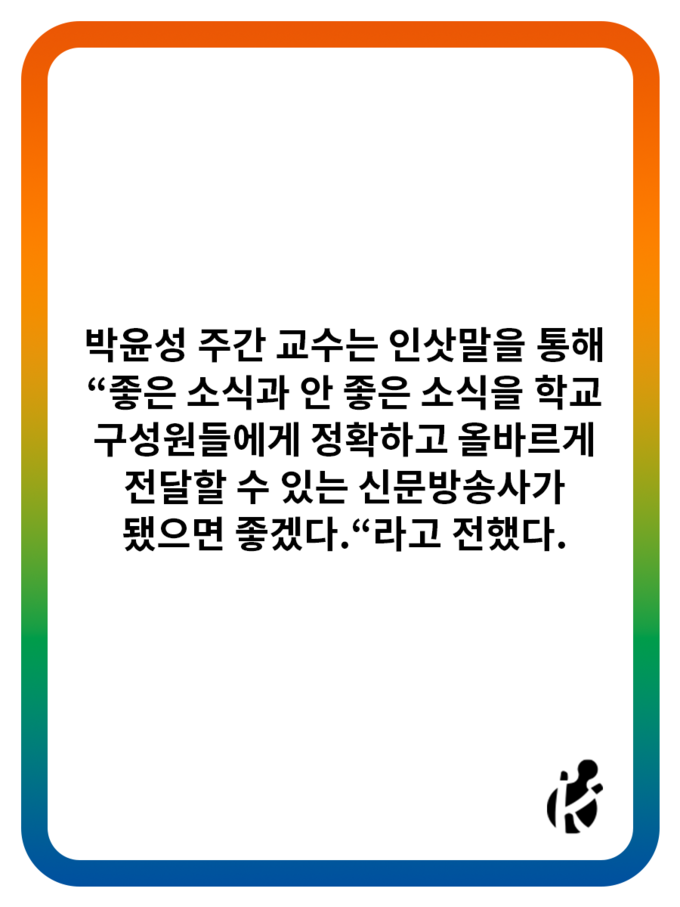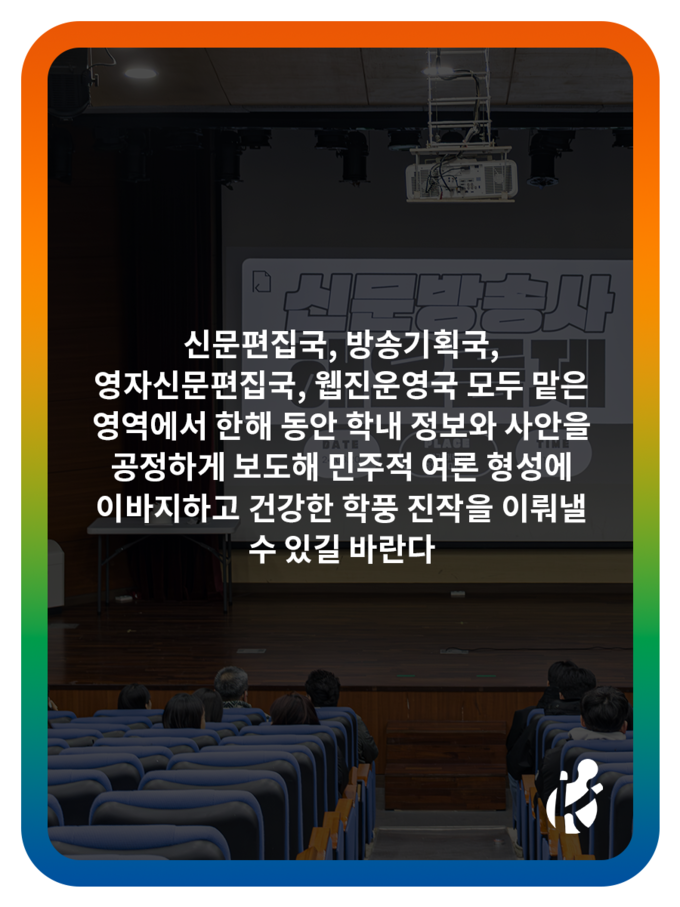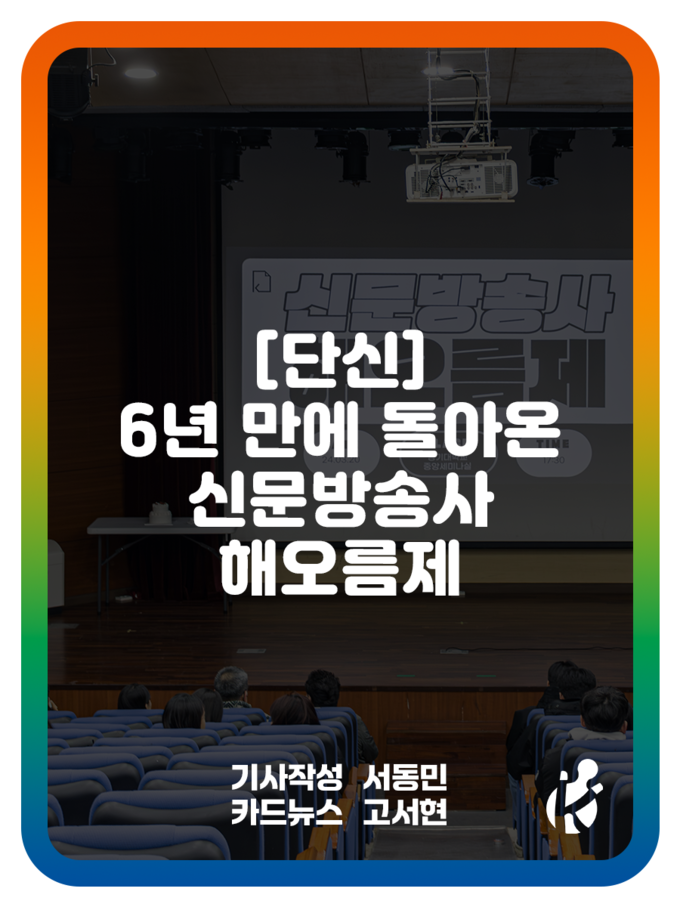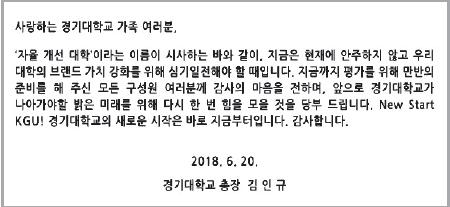
With knowledge gained from the last assessment, preparation for the 2018 university assessment included trying to eliminate significant problems and to set an appropriate direction fit for the present situation. The last assessment highlighted three critical problems. First, due to a division into 6 grades, the ranking system caused aggravation and the evaluation burdened the universities that were evaluated. A diamond-shaped evaluation distribution meant that low-graded universities were regarded as inferior universities. Moreover, an excessive number of grades and factors to estimate, and a slow pace of evaluation turned out to be problems. Specifically, only one assessing team evaluated all factors of around 10 universities which resulted in the slow assessment. Second, all universities except for the top grade ones had to reduce the number of students. This was a problem because it focused too much on quantitative modification. A-ranked universities comprised 16 percent of universities over all so that meant the remaining 84 percent couldn’t avoid reducing their student numbers. Fewer students led to less tuition income, which hampered the development of the schools. Last, on account of the elimination financial support resulting from the previous assessment, universities could not improve the quality of education provided to students.
Then, what changed this time? First of all, the grade divisions were decreased from 6 to 3. Thanks to this alteration, the distribution shape became an inverted triangle, with all of the top grades of previous assessment being integrated into one grade. Adding to this, the work of the assessment team was somewhat improved. This time they evaluated only one factor for all universities. Next, official suggestion for personnel reduction was given to second- and third- grade universities. This was not different from the last assessment, but the increase in the number of top ranked universities created a significant gap between the top schools and those below them. Also, a limitation on financial support is only for the last grade universities. The first result of the assessment in June this year showed that only 18.4% of schools are subject to financial support limitations. Excluding the third grade schools, any university can apply for support for special purpose business, which means if a school had a reduction in students number, it would be possible to search for a way to grow through a brilliant business idea. However, there have been some criticisms that in reality the current assessment is only superficially different from the previous assessment because the structure makes low-ranked universities take all the burden. Kyonggi University, which received a grade of C in the last university assessment, was selected as a selfimproving university in the 2018 assessment. This result was achieved with the efforts of all the members of Kyonggi University. It means a lot because it is generally agreed that Korea has too many universities now. As a result, Kyonggi University will not be affected by worries of abolition for at least a few years. Also, it is now possible to remedy the drawbacks of the university in order to become a better one. As we all know, positive results never come from nowhere. Thus, the Pharos will try to help readers understand what the university assessment is and what efforts have been made. The impact of university assessments on schools is quite significant. Therefore, the Pharos met with Kim Sangbeom, a professor of Chemistry and Engineering who is the president of the faculty, to find out what the assessment means and what we should do in the future.
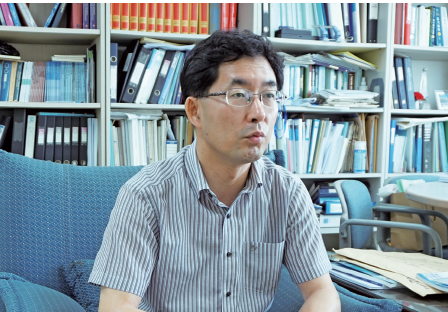
Q.What kind of effort did the professors make for the university assessment?
First of all, the university administration made a great effort to prepare for the evaluation. Under the enthusiastic support of the president, all institutions prepared for the assessment. For example, the Ministry of Education has created new programs such as a major flexibility system, and the school has invited about 60 full-time teachers focusing on industry, lectures, and research. Also, there was a lot of support from the assessment agency and the Office of Academic Affairs, and the professors just followed their lead.
Q. What do you think about Kyonggi University being selected as a self-improving university?
I think it is fortunate to have been selected as a self-improving university. However, I don’t think it is something we should celebrate because, paradoxically, the school’s basic capability is not strong. In addition, there’s a third-cycle assessment in three years, and we can’t rest easy with this system. If we were to adopt only a short-term altitude toward an assessment preparation, we would not be able to reliably undergo a third cycle.
Q. What systems are needed for the next assessment or for the overall development of the school?
I think we need money for school development. Due to the nature of studies, natural sciences and engineering engage in a lot of industrial cooperation. Currently, 90 percent of the nation’s R&D is conducted in the field of science and engineering. However, the school currently has the lowest percentage of all four-year universities. Therefore, our school is very weak in industrial cooperation. If we keep going in this way, it’s going to be tough for the whole school. We’ll have to do our best in the next three years.
Q. Lastly, do you want anything from the students?
The school system seems to be very passive overall. It’s hard to develop an organization or a group. I think you can develop if you try something for yourself. The same goes for students. Now that students have entered Kyonggi University, we can’t seem to remove this label. Only when the school develops well will it help you. I hope students will develop an active attitude toward school affairs with an increasing sense of ownership and the understanding that this is “my school.”
We should not be complacent because Kyonggi University was designated a self-improving university. It is also a task for all of us to retain the title of a good school. This requires all members to make efforts to perform their roles with constant interest. Students should have as much affection and interest in developing the university as they do in demanding their rights. We need to find out what we should do and realize instead of just paying attention to the upcoming third-cycle assessment.
Planning Editor•JANG SOHYEON•dbskdkwk@naver.com
71st Cub Reporter•PARK SINUI•dean0305@naver.com
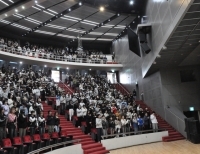 What Happened in KGU? : 수원캠퍼스 학생총회 편
On April 4th, a general meeting of students was held in the Tele-convention center at the Suwon campus. The contents were the same as the general meeting of students in the Seoul campus: the first part was for agenda announcement, the second part was about the Membership Training for whole university, and the third part was simple Q&A time. In the first part, the agendas were all the same as the ones for the Seoul campus, and the result of the ...
What Happened in KGU? : 수원캠퍼스 학생총회 편
On April 4th, a general meeting of students was held in the Tele-convention center at the Suwon campus. The contents were the same as the general meeting of students in the Seoul campus: the first part was for agenda announcement, the second part was about the Membership Training for whole university, and the third part was simple Q&A time. In the first part, the agendas were all the same as the ones for the Seoul campus, and the result of the ...

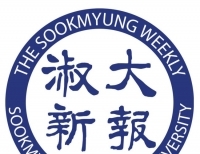 [타 대학보 축사] 경기대신문의 1100호를 진심으로 축하드립니다
[타 대학보 축사] 경기대신문의 1100호를 진심으로 축하드립니다
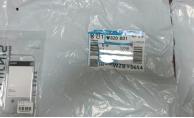 [와이파이] 큰 박스에 달랑 물건 하나, 과대포장 규제 정책 시행은 언제쯤
[와이파이] 큰 박스에 달랑 물건 하나, 과대포장 규제 정책 시행은 언제쯤
 [문화산책] 이 세계는 멋져 보이지만 모두 환상이야
[문화산책] 이 세계는 멋져 보이지만 모두 환상이야
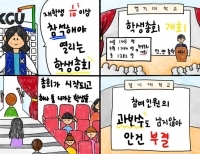 [네컷만화] 학생총회
[네컷만화] 학생총회

 목록
목록







